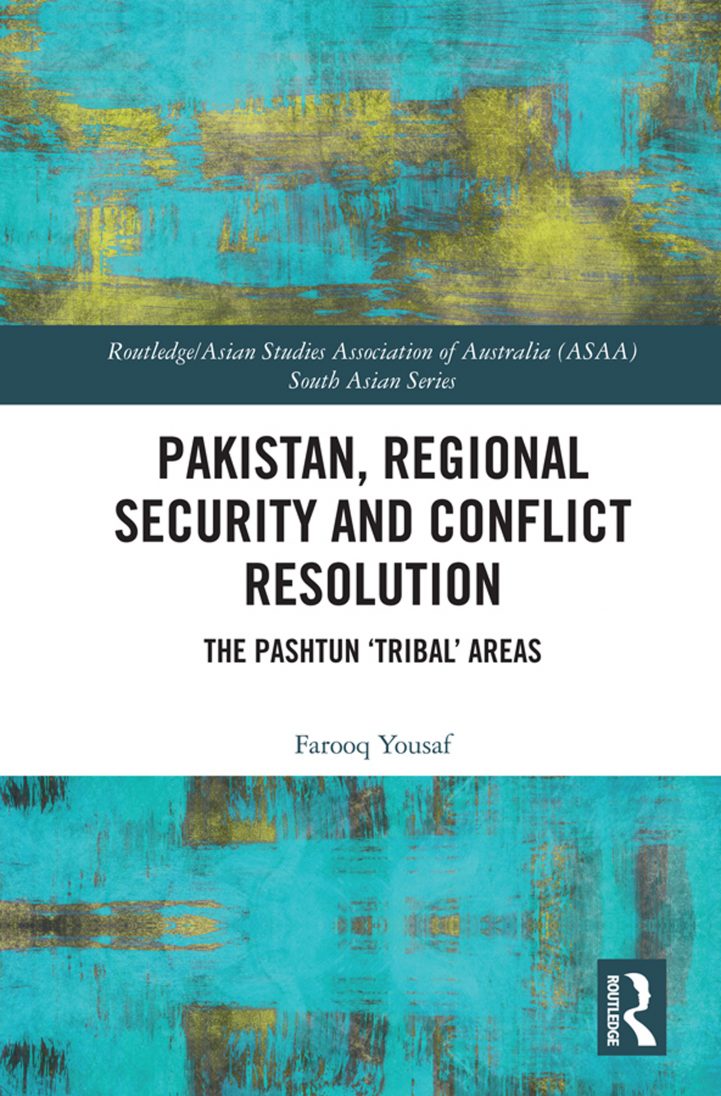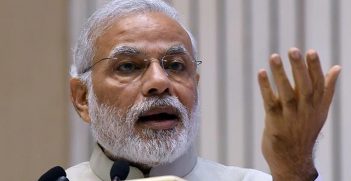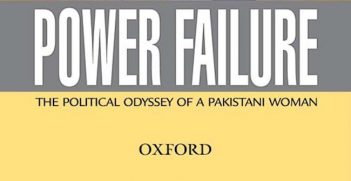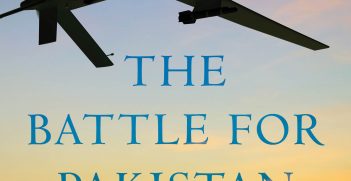Book Review: Pakistan, Regional Security and Conflict Resolution – The Pashtun “Tribal” Areas

The tribal areas of Pakistan have played a critical role in the security of the country since Partition, particularly since the Taliban was ousted from power in 2001. Dr Farooq Yousaf’s book illustrates while militant activity has diminished in recent times, the law-and-order situation in the tribal areas remains precarious.
For a region that has been at the centre of many of the security issues on the western border of Pakistan since Partition in 1947, the tribal areas, formerly known as the Federally Administered Tribal Areas (FATA), has surprisingly received little attention in academic circles. Dr Farooq Yousaf’s recently published book, which is based on his recently completed doctoral thesis, fills this lacuna very well indeed.
This easy-to-read, well-structured book discusses a very sensitive issue. It details the story of FATA in Pakistan’s history, focussing especially on the last 20 years after the Taliban and its fellow ideological travellers were chased out of Kabul and fled across the border into Pakistan to find refuge in the tribal areas along the border with Afghanistan. This is also a timely book given the recent peace deal that was signed between the US and the Taliban, which is meant to be the first step towards a political solution in Afghanistan. If and when it happens, peace in Afghanistan would have significant positive consequences for the people of the tribal areas in Pakistan, given Pakistan has played an important role in getting the US and the Taliban to the negotiation table. But, sadly, we’re not quite there yet.
Former FATA, which is about a third the size of Tasmania with a population of about 5 million “tribal” Pashtuns, has never been fully integrated politically and economically with the rest of the country. Even with the constitutional amendment in May 2018 which abolished FATA and integrated it formally into the neighbouring province of Khyber Pakhtunkhwa, previously called North West Frontier Province, the tribal areas remain apart from mainstream Pakistan. FATA’s unique administrative set-up, which the Pakistan government kept for 71 years, was a legacy of British India when the colonial rulers were unable to subdue the tribesmen.
Yousaf argues—I believe correctly, that like the British, the Pakistan authorities have not only looked at the Pashtun tribesmen as “savages” but also as not trustworthy. The lack of enthusiasm to join Pakistan at Partition certainly fuelled the lack of trust towards the Pashtuns, as did the Afghanistan-supported movement for a “Pashtunistan”—an independent state for Pashtuns which would conveniently not include the Pashtuns of Afghanistan. Because of this “separateness” from the rest of Pakistan, FATA was neglected by successive central governments and as a result that area is today the most economically backward part of Pakistan, with 60 per cent of the population living below the poverty level and every socio-economic development indicator shockingly low. This is one of the few weaknesses of the book: the lack of in-depth analysis of these socio-economic indicators and what effect it had on the growth of militancy in the tribal areas.
Compounding the poor economic development of the former FATA was the implementation of the Frontiers Crimes Regulation (FCR) until 2018. This was administered by an-all powerful Political Agent (PA), who surveyed the seven different agencies which make up FATA. (A map of the tribal areas would have been very useful so as to get a sense of the distances and geography.) The FCR was a colonial legacy which, Yousaf argues, Pakistan authorities ruthlessly used to control the region, including imposing collective punishment on whole villages or tribes if the PA’s orders were not followed.
It is in this economically and politically neglected environment, and geographically remote and rugged terrain, that the Taliban and other like-minded groups found refuge after being ousted from power by the US-led coalition in 2001. These militant groups—Afghan and home-grown—imposed their repressive Jihadist ideology and assassinated thousands of tribal elders who opposed their world outlook. The locals sought help from the Pakistan military in removing these terrorists and re-establish peace in their neighbourhood.
As Yousaf discusses in quite some detail, Islamabad took a dual track approach. The military entered into some 30 peace deals with some of the militants—the so-called “good” Taliban who were mainly anti-Coalition forces—and conducted military operations against the “bad” Taliban who were anti-Pakistan. Both approaches had mixed results, at best.
The militants quickly ripped up many of the peace agreements, thus strengthening their position via-à-vis the tribal elders. As for the military operations, conducted over more than 15 years and involving several hundred thousand troops, these caused massive destruction of property and forced almost two million people to flee their homes and find refuge elsewhere. The Pakistan military, which had been geared, organised, and trained for traditional warfare with India, was not ready, at least initially, for asymmetrical warfare in the mountainous terrain of former FATA. And although the Pakistan military lost more men fighting in the tribal areas then the combined losses of the Coalition forces in Afghanistan, the military used a heavy-handed and non-discriminatory approach in hunting down the militants, causing great suffering among the civilian population. Compounding an already dire situation is the Pakistan government’s failure to subsequently deliver on the funding they promised for development and the rebuilding of the widespread destruction of infrastructure.
Sadly, the big losers in the fight against the militants have been the tribal elders. Either they were physically eliminated by the Taliban or were sidelined by the military. As Yousaf argues, the weakening of the authority of the elders will have a direct impact on the jirga, the traditional tribal decision-making bodies run by the elders, and their ability to raise lashkars, Pashtun tribal militias, to carry out decisions arrived at within jirga. This is not good for insuring peace and security in the tribal areas in the future.
One of the consequences of the developments in the tribal areas has been the rapid rise of the Pashtun Tahafuz (Protection) Movement (PTM). Yousaf argues that it is the “overarching influence of the military on security policy” in former FATA, the lack of “basic human rights for Pashtuns” and mainstream political parties’ failure to take up the cause of the Pashtuns which has fuelled the growth of the PTM. Whether the PTM will be able to—or even allowed to—develop as a political party remains to be seen.
This is a review of Farooq Yousaf, Pakistan, Regional Security and Conflict Resolution – The Pashtun ‘Tribal’ Areas (Routledge, Taylor & Francis Group, 2021). ISBN: 9780367465698 (hard cover) & 9781003031130 (Ebook).
Dr Claude Rakisits is an Honorary Associate Professor in the Department of International Relations at the Coral Bell School of Asia Pacific Affairs at the Australian National University. He tweets @ClaudeRakisits. His publications can be assessed on his website.





